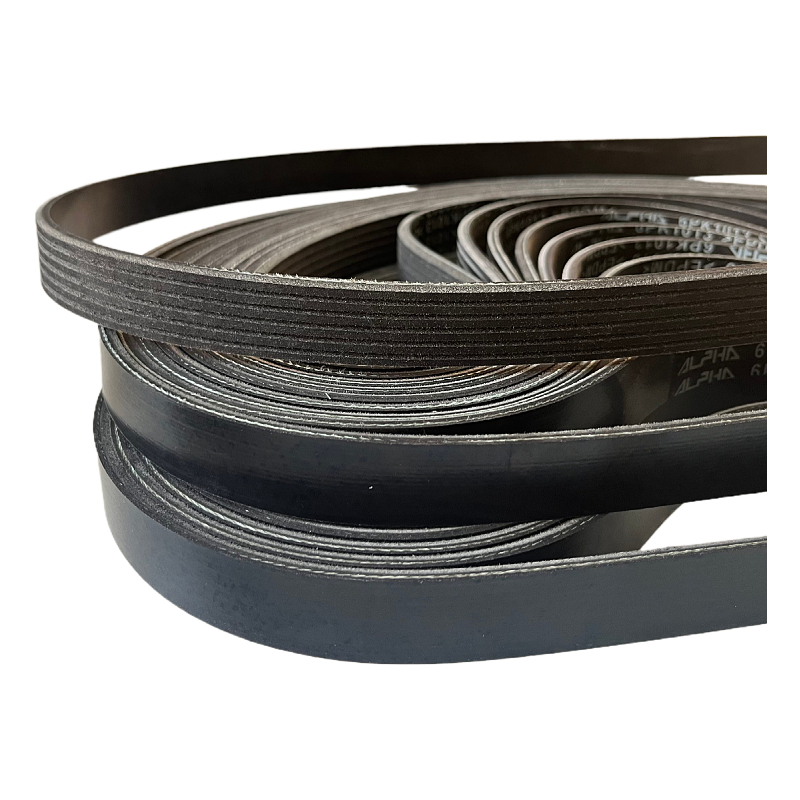- Arabic
- French
- Russian
- Spanish
- Portuguese
- Turkish
- Armenian
- English
- Albanian
- Amharic
- Azerbaijani
- Basque
- Belarusian
- Bengali
- Bosnian
- Bulgarian
- Catalan
- Cebuano
- Corsican
- Croatian
- Czech
- Danish
- Dutch
- Afrikaans
- Esperanto
- Estonian
- Finnish
- Frisian
- Galician
- Georgian
- German
- Greek
- Gujarati
- Haitian Creole
- hausa
- hawaiian
- Hebrew
- Hindi
- Miao
- Hungarian
- Icelandic
- igbo
- Indonesian
- irish
- Italian
- Japanese
- Javanese
- Kannada
- kazakh
- Khmer
- Rwandese
- Korean
- Kurdish
- Kyrgyz
- Lao
- Latin
- Latvian
- Lithuanian
- Luxembourgish
- Macedonian
- Malgashi
- Malay
- Malayalam
- Maltese
- Maori
- Marathi
- Mongolian
- Myanmar
- Nepali
- Norwegian
- Norwegian
- Occitan
- Pashto
- Persian
- Polish
- Punjabi
- Romanian
- Samoan
- Scottish Gaelic
- Serbian
- Sesotho
- Shona
- Sindhi
- Sinhala
- Slovak
- Slovenian
- Somali
- Sundanese
- Swahili
- Swedish
- Tagalog
- Tajik
- Tamil
- Tatar
- Telugu
- Thai
- Turkmen
- Ukrainian
- Urdu
- Uighur
- Uzbek
- Vietnamese
- Welsh
- Bantu
- Yiddish
- Yoruba
- Zulu
Dis . 10, 2024 15:16 Back to list
timing belt operation
Understanding Timing Belt Operation Key to Engine Performance
The timing belt is a crucial component in the internal combustion engine, playing a central role in the operation of the vehicle. It synchronizes the rotation of the crankshaft and camshaft, ensuring that the engine's valves open and close at the correct times during each cylinder's intake and exhaust strokes. This intricate coordination is essential for optimal performance, efficiency, and longevity of the engine.
The Functionality of Timing Belts
To grasp the operation of a timing belt, one must first understand its position within the engine assembly. The timing belt is typically made from durable rubber with high-tensile strength fibers for reinforcement. It is often found hidden within the engine cover, ensuring minimal exposure to elements that could degrade its material over time.
The belt connects the crankshaft, which is responsible for converting linear motion from the pistons into rotational motion, to the camshaft, which controls the opening and closing of the engine's valves. During operation, as the crankshaft spins, the timing belt rotates, in turn spinning the camshaft. This precise timing means that as the pistons move down to draw in air and fuel, the camshaft opens the valves at exactly the right moment. If this synchronization is off, the engine may not operate efficiently, leading to performance issues or, in extreme cases, severe engine damage.
Signs of Timing Belt Wear
Over time, timing belts experience wear and degradation due to repetitive usage, exposure to high heat, and oil contamination. It is essential for vehicle owners to monitor for any signs of wear, which may include unusual sounds originating from the engine, such as grinding or whirring; visible cracks or fraying on the belt surface; or, in severe cases, complete breakage. A broken timing belt can lead to catastrophic engine failure. Knowing when to replace the belt is crucial—most manufacturers recommend replacement around every 60,000 to 100,000 miles, but this can vary significantly based on vehicle type and driving habits.
timing belt operation

Importance of Correct Installation
The operation of a timing belt does not solely rely on the belt itself but also on the accuracy of the installation. A properly installed timing belt ensures that the timing marks on the crankshaft and camshaft align perfectly. If the belt is installed incorrectly, it can create a condition known as slipping, leading to the timing becoming misaligned. This misalignment can result in poor engine performance, increased emissions, and can even cause engine knocking, which can severely damage the engine components.
Maintenance and Replacement
Routine maintenance checks are vital for prolonging the life of the timing belt. Vehicle owners should consult their owner's manual for the manufacturer's recommendations regarding maintenance intervals. During routine inspections, mechanics often check for general wear and tear, tension, and alignment of the timing belt. When replacing a timing belt, it is also advisable to consider changing associated components, such as the water pump and tensioner, as these parts often have a similar lifespan and can save on labor costs if replaced together.
Conclusion
In conclusion, the timing belt is an integral part of the automotive engine system, ensuring that everything runs smoothly and efficiently. Understanding its operation is vital for any vehicle owner, as it directly impacts engine performance and longevity. Regular inspections and timely replacements can help prevent unexpected breakdowns and costly repairs, ultimately leading to a more reliable driving experience. Investing time in the knowledge of timing belt operation is not just beneficial; it's essential for anyone looking to maintain their vehicle’s health while avoiding potential pitfalls associated with neglecting this critical component.
-
Korean Auto Parts Timing Belt 24312-37500 For Hyundai/Kia
NewsMar.07,2025
-
7PK2300 90916-T2024 RIBBED BELT POLY V BELT PK BELT
NewsMar.07,2025
-
Chinese Auto Belt Factory 310-2M-22 For BMW/Mercedes-Benz
NewsMar.07,2025
-
Chinese Auto Belt Factory 310-2M-22 For BMW/Mercedes-Benz
NewsMar.07,2025
-
90916-02660 PK Belt 6PK1680 For Toyota
NewsMar.07,2025
-
drive belt serpentine belt
NewsMar.07,2025

